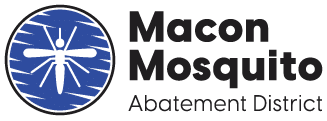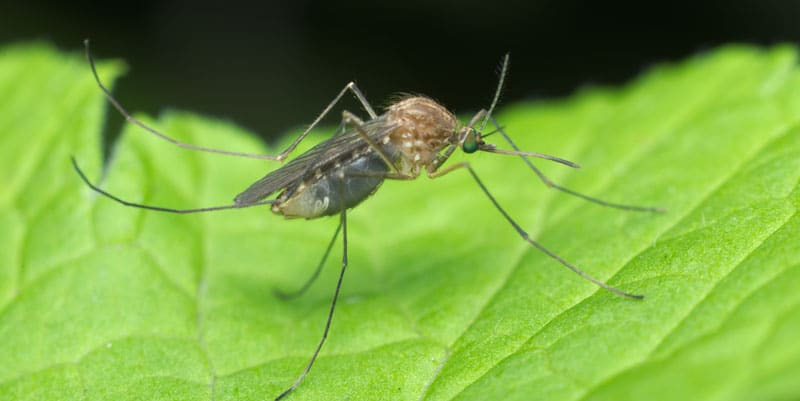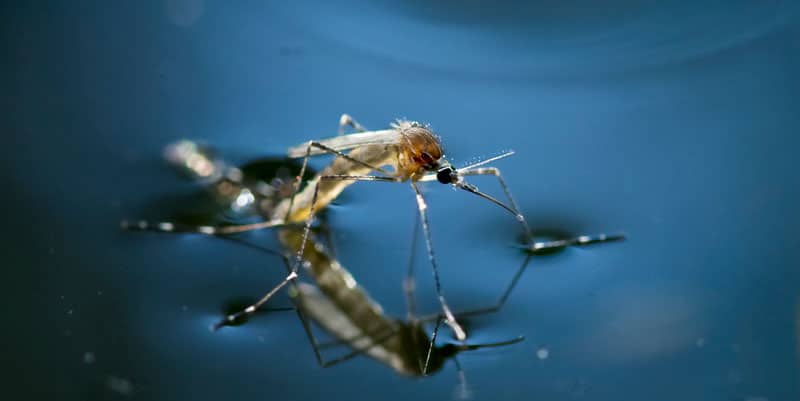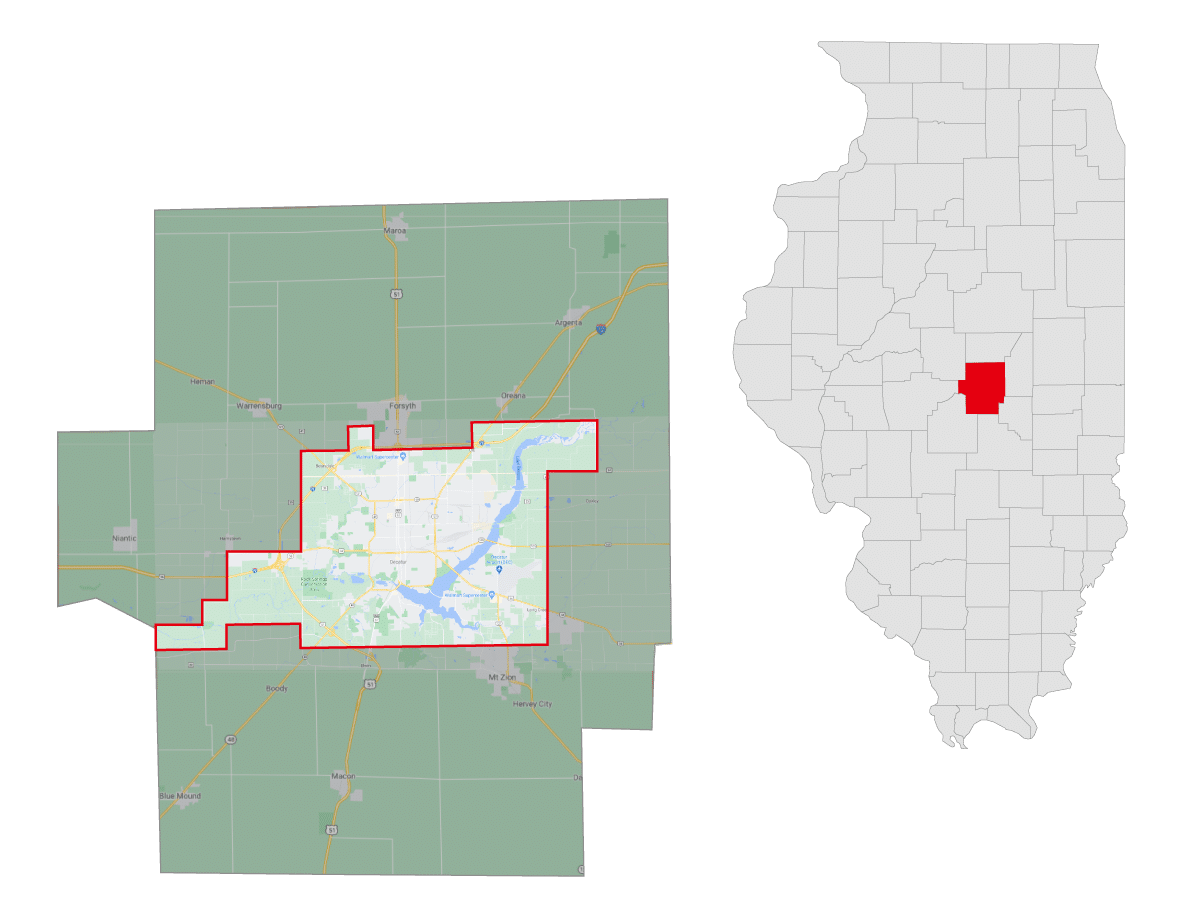At MMAD, mosquito control is a multifaceted approach guided by the principles of Integrated Pest Management (IPM). Using IPM, several measures allow for an area specific, targeted approach that minimizes negative effects on the environment and non-target organisms.
Surveillance
Surveillance is perhaps the single most important component to our operation. We strive to use the best methods available to us to locate, collect, identify and test mosquitoes throughout our district. Our mosquito trap network helps to monitor mosquito populations for abundance and disease presence. These efforts allow for us to make targeted treatment decisions in real time.
Source Reduction
Source reduction is the elimination of breeding sites. Typically, these are manmade sources such as unkept swimming pools, ornamental ponds and other debris capable of holding water. This is one of the most effective methods of mosquito control that both we as professionals and residents can monitor without the use of pesticides.
Larval Control
Larval control is the application of products that help reduce mosquito populations by either killing or preventing the growth of mosquito larvae while they are confined within standing water sources. Larval control applications are a logical next step when source reduction is not possible.
Adult Mosquito Control
Adult mosquito control is our last line of defense and is strictly regulated. We use this control method to immediately suppress the number of adult mosquitoes in an area only when several specific thresholds are met such as overabundance or a threat of disease transmission has been detected based on our surveillance data. These applications are conducted at dusk and are designed to target mosquitoes when they are most active.
Articles & Updates
Educating the public about the life-cycle of mosquitoes and the role they play as potential vectors is a critical component of how we protect our residents. Often times, mosquito breeding sites are cryptic and difficult to spot, even by seasoned professionals. When equipped with the right information, residents become great assets in helping to manage mosquito populations within their own communities by eliminating breeding sites and educating their neighbors.
Contact Us
HOURS
May-September
Mon–Thurs: 9:00am – 5:00pm
Fri: 9:00am – 3:00pm
October-April
Mon–Thurs: 8:00am – 4:00pm
Fri: 8:00am – 2:00pm
LOCATION
3755 Cundiff Rd
Decatur, IL 62526
PHONE
217-875-2722





